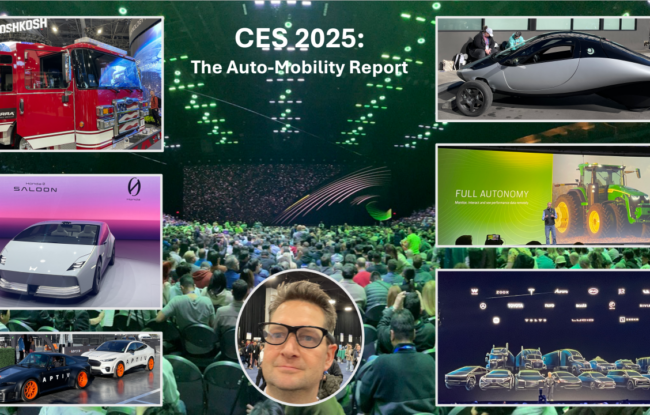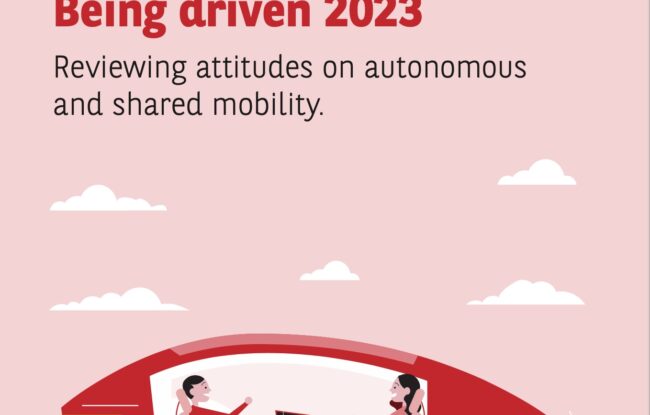Several weeks ago, BMW unveiled its concepts for connected and shared mobility at an event in London’s Roundhouse. At the presentation, Board Member Peter Schwarzenbauer confided that in spite of his company’s clear commitment to sheer driving pleasure, he actually enjoys it less than 20% of the time (unless on a motorcycle). Indeed, he may be lucky to enjoy it as much as he does; for most people, the act of driving has gone from a dream, to a nightmare – a road-rage inducing, time-wasting distraction from everyday life and their social media accounts.
The good news is, we see driving for purpose and utility approaching the same fate as horses for transport. There will be a pronounced separation between “utility mobility” and “driving for pleasure”, with significant consequences for design, branding and status quo automotive and transport companies, and the compromises they are used to providing.
We know that younger urbanites – pressed for time, space and financial resources – don’t bother with driving or even acquiring driving licenses. They are ditching the “default car” in lieu of public transport, bicycles and ride hailing for the everyday trips, even while embracing classics and rented or shared vehicles for countryside jaunts. Cities are supporting this social shift in urban mobility by embracing pedestrianisation, congestion charging, and bike lanes to combat climate change and enhance quality of life.
(More affluent households will already recognise this separation of utility from driving pleasure: they might have, say, a classic 911, Mustang or Alfa Spider for the weekend, and a vehicle that represents the largest box they’ll likely need – an SUV or a boring sedan – for the weekday commute.)
The mobility revolution is sparking a renaissance in auto and transport design, where compromise solutions are unwelcome.
For decades, auto manufacturers have worked to create “optimal” compromises for the second largest purchase most individuals and families make, the automobile. They have introduced SUVs that promise the performance of a sportscar, performance cars with extra space for golf bags, even convertible off-roaders and coupés with four doors. These subcategories of personal transport each attempt to bridge a gap – with a bit of fun for the occasional jaunt on the autobahn, yet sufficient utility for everyday life. Even America’s best selling vehicle, the F-150, tries more and more to be all things to all families and cowboys. So long for the notion of “any car, as long as it’s black“.
In an age of shared, autonomous mobility, the design of cars, buses and trucks will no longer be bound by convention and compromise. Vehicle hardware will fundamentally change to suit its fundamental purpose: mobility… Front and rear crumple zones can be reduced or eliminated. Urban speeds mean aerodynamics play a lesser role. And assumptions for optimum numbers of people per vehicle are being challenged as well. We can already see this reinvention in automotive and public transport formats like EasyMile, Navya, NEXT, Zoox, and the Lutz Pathfinder.
Soon, Uber and Lyft won’t order cars off the rack from Tesla, Daimler or GM, but will custom design bespoke vehicles for their own purposes – the same way the US Postal service tenders for its vehicles, or DHL Deutsche Post produces its own delivery vans. The announced collaboration between NEXT and Careem in Dubai similarly suggests steps in this direction. Whatever an operator’s need, we can envision Trexa providing the platform, mass production by Foxconn, and 3d-printing by Local Motors to fit the requirement and the infrastructure.
What’s left then for the ultimate driving machine? Driving for pleasure. Following a keynote speech I made at Quattroruote in Italy, Ferrari’s former Chairman Luca di Montezemolo took to the stage and immediately discounted the effect of the mobility revolution I described on “his” Italian brand…
And he was right. Like a racehorse, a Ferrari is singularly focused on performance and pleasure. Few people take their horse, or their Ferrari, to work. So for brands and designers that don’t compromise, there is a bright future – just like for racetrack operators.


